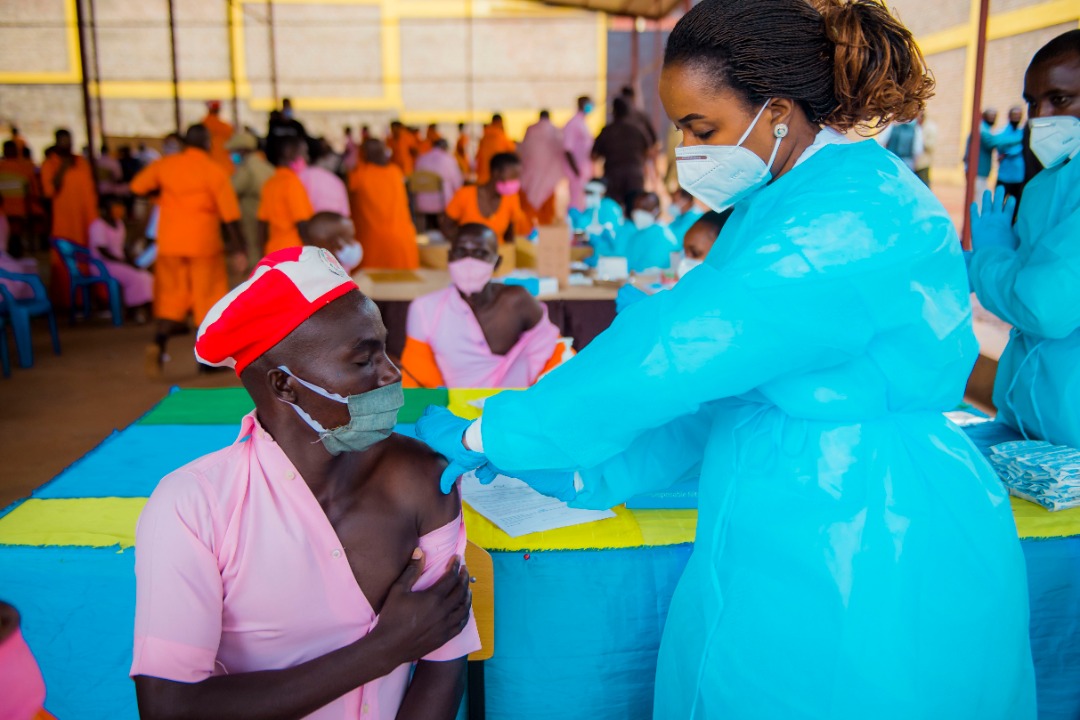
Vaccination in prisons
It is almost three months, since the new, Omicron variant, was discovered by South African scientists, tracking SARS-CoV-2. For health authorities around the world, it is a case of new variant, same message about the pandemic.
When, as they tested samples for SARS-Cov-2, laboratory technicians in South Africa, found a gene missing in the samples, they were alerted to carry out more testing, but they will not have been altogether surprised, that something about the virus, seemed to have changed.
As scientists have reminded us, time and again, since the beginning of the pandemic, it is not unusual for viruses to mutate. It is why, for instance, flu vaccines are changed every year, to keep pace with new strains of the virus.
Since the World Health Organisation (WHO), begun the practice of naming Coronavirus variants, after letters in the Greek alphabet, the world has gone through the Alpha, Beta, and Delta variants, as the virus mutates.
The greatest concern of course, is that every mutation presents new and different characteristics. And so, it has been with the Omicron variant.
Researchers are still studying this new variant, but what has been clear, almost from the outset of its identification in South Africa, is that the new strain is the most transmissible yet. According to researchers, it is the most contagious disease we have at the moment, second only to measles.
In Rwanda, where the first cases of Omicron were identified only last week, the rate of infection, which had been kept relatively low, increased dramatically, forcing the health authorities to tighten preventive measures that had begun to be relaxed, as more people were vaccinated.
In the short period of time since the first case, the new mutation has already reached close to 130 countries, with indications that it may sweep across the world.
According to WHO, the expectation is that at least 50% of the Europeans could be infected by Omicron, in the next few months. The rate of infection is even faster in the United States of America. In the country’s state of Ohio, the co-director of infection control for University Hospitals, Dr Claudia Hoyden, warned that Omicron, was “spreading like wildfire.”
What scientists are agreed upon, is that the new variant is less likely to cause severe symptoms than earlier incarnations, a major blessing given the speed of its spread. Preliminary studies are showing that it is affecting upper respiratory tracts, rather than the lungs.
This has meant that while infection rates are high, most cases are mild. Fewer of those affected need hospital treatment, and even fewer end up in intensive care units (UCI).
But WHO has sounded caution against any complacency.
“It’s not ‘mild’” warned WHO Director-General, Tedros Adhanom Ghebreyesus, “it is killing people across the world.”
His warning is echoed by health authorities and doctors around the world, at the sharp end of the fight against the pandemic.
The burden on health services globally, heavy to begin with, increased dramatically, with the arrival of the new variant.
The British National Health Service (NHS), one of the most long established, and advanced health systems in the world, has had to call in the military for additional support. The picture is similar right across Europe.
In a press conference, Rwanda Minister of State, in the Ministry of Health, Lieutenant-Colonel Tharcisse Mpunga, had the same message.
“Although we have seen numbers rise, because of the new variant, most of those infected have mild symptoms, and do not need hospitalisation. This is welcome, but although the numbers with severe cases are thankfully low, we have only 11 people in ICU (Intensive Care Unit), Covid-19 is still taking lives, and we should not let our guard down” he told the virtual press conference.
If, as now seems likely, it is confirmed that Omicron is a mild form of the pandemic, the world can breathe a sigh of relief, at least until the next mutation.
But, “even if your symptoms seem like mild flu” said Colonel Mpunga, “we encourage people to get tested, because the likelihood is that it could be Covid-19.”
And like other variants, Omicron poses a particular danger to people with underlying health conditions, whose lives are most threatened by its spread.

